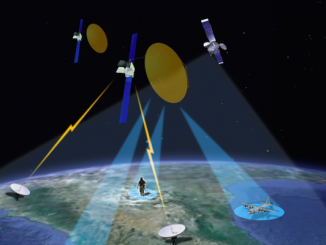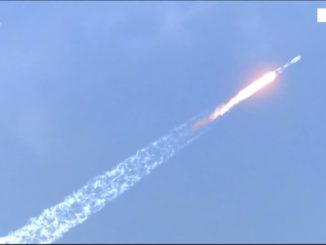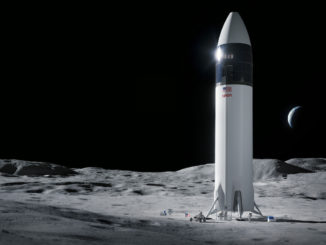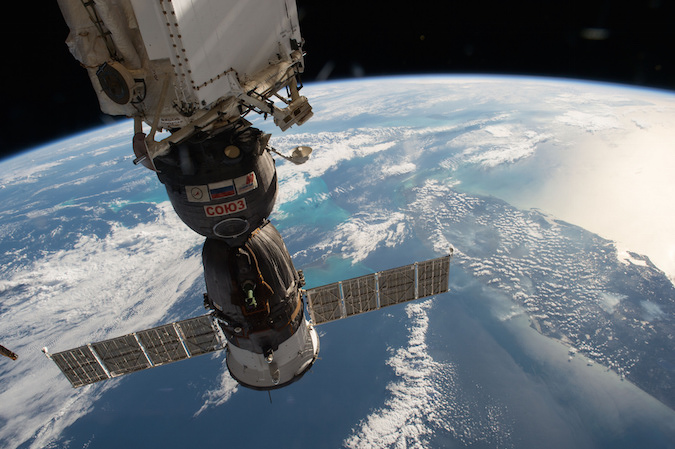
NASA has purchased two seats on Russian Soyuz capsules launching later this year and in early 2018 to expand the crew on the U.S. segment of the International Space Station from three to four, and reserved options to fly astronauts on Soyuz spacecraft in 2019 if commercial rides are not available in time.
Using Boeing as an intermediary, the U.S. space agency opted to take advantage of empty Soyuz seats on two flights scheduled for launch from Kazakhstan in September and in March 2018. Russian cosmonauts were originally slated to take the seats, but Russia’s space agency — Roscosmos — decided last year to temporarily reduce its crew complement on the station from three to two.
Boeing received rights to the Soyuz seats from RSC Energia, prime contractor for Russia’s human spaceflight program, in a settlement reached last year to end three years of litigation stemming from payments related to the companies’ former partnership in the Sea Launch program.
NASA announced in January it might purchase the Soyuz seats from Boeing, which submitted an unsolicited proposal to the agency. NASA and Boeing concluded negotiations in February, resulting in a modification the station program’s Vehicle Sustaining Engineering Contract.
Boeing is the space station’s prime engineering contractor.
A Feb. 21 statement posted to NASA’s website confirmed the deal, which is valued at $373.5 million if the agency exercises its option for all five Soyuz seats.
That works out to $74.7 million per round-trip ticket, down from $81.7 million per seat in NASA’s most recent crew transportation contract, which was negotiated directly with the Russian government in 2015, covering Soyuz launches through 2018 and landings extending into early 2019.
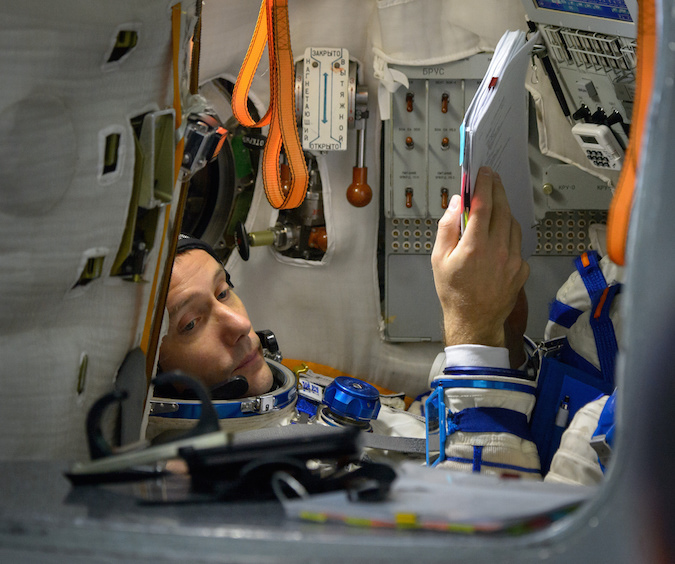
NASA has not yet assigned astronauts for the Soyuz flight opportunities later this year and early next year. The crew members will spend up to six months on the space station, returning to Earth on their Soyuz spaceships in early 2018 and late 2018, respectively.
One or two of the five Soyuz seats — if NASA buys all of them — may go to the space station’s other international partners: the European Space Agency, Japan, or Canada. NASA is responsible for arranging transportation for astronauts from those agencies.
Space station crews are normally divided between three Russian cosmonauts and three crew members based in the U.S. section of the complex. Two of the U.S. segment residents are typically from NASA, and another is from one of the program’s other partners.
The extra seats on the Soyuz launches this year and next year will boost the U.S. segment’s crew strength to four. The total crew size will remain at six people, with Russia’s complement cut to two.
“An additional U.S. crew member provides an approximately 50 percent increase in crew time available for research,” NASA said in a statement. “This additional time will allow for experiments that currently could not even be attempted.”
The accelerated research program will begin later this year.
“Taking advantage of the opportunity to fly a fourth crew member beginning this year will allow NASA to introduce new or novel human research, commercial and technology experiments,” the space agency said. “The increased crew presence has the potential to bolster the commercial space market, prepare NASA for human deep space exploration, including to Mars, and deliver more benefits to Earth.”
Commercial spaceships in development by Boeing and SpaceX will be able to carry four people at a time. When those capsules begin flying regular crew missions, the space station will host seven people at a time on multi-month expeditions.
NASA and Roscosmos have agreed to fly one U.S. astronaut on every Soyuz spacecraft and one Russian cosmonaut on every commercial crew mission once Boeing and SpaceX begin crew rotation services. The deal ensures at least one crew member from each nation is on the station at all times, even if one of the crew ferry craft is grounded due to technical issues.
Boeing and SpaceX say their CST-100 Starliner and Crew Dragon spacecraft will be ready to transport astronauts to the station next year, but a government watchdog agency raised questions about their schedules last month.
“Both companies have experienced delays and do not expect to meet their original 2017 certification dates,” the Government Accountability Office wrote in a Feb. 16 report. “If these delays continue, certification could be pushed into 2019 — which is when the U.S.’s contract with Russia for ISS transportation ends.”
With the new Soyuz seat options in 2019, NASA can decide to buy more astronaut rides if managers are worried about Boeing and SpaceX timetables. In a statement, NASA said it must exercise the options for Soyuz seats in 2019 by this fall.
Meanwhile, NASA is evaluating whether to keep one of two U.S. segment crew members scheduled to return to Earth in June — either NASA astronaut Peggy Whitson or European Space Agency flight engineer Thomas Pesquet — aboard the space station until early September, extending their stay in orbit to more than nine months.
Whitson or Pesquet would have to agree to the change, officials said.
The next Soyuz spacecraft set for launch April 20 will only have a two-man crew — veteran Russian cosmonaut Fyodor Yurchikhin and first-time NASA space flier Jack Fischer — and under the current plan, they will be the only residents aboard the station for nearly two months this summer.
An extension for Whitson or Pesquet would minimize any interruption to scientific research and maintenance on the orbiting outpost during that time.
Email the author.
Follow Stephen Clark on Twitter: @StephenClark1.

